



These sets of data are a great way to understand how your students feel about you and what you need to do to change for the better. I think I will try to understand my 9th grade students more and have discussions with them about what is considered fair or not in order to change those statistics for the better.
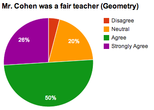
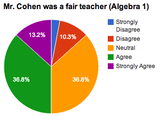
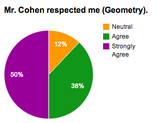
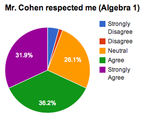
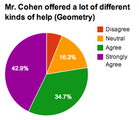
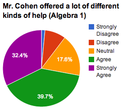
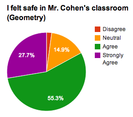
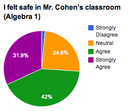

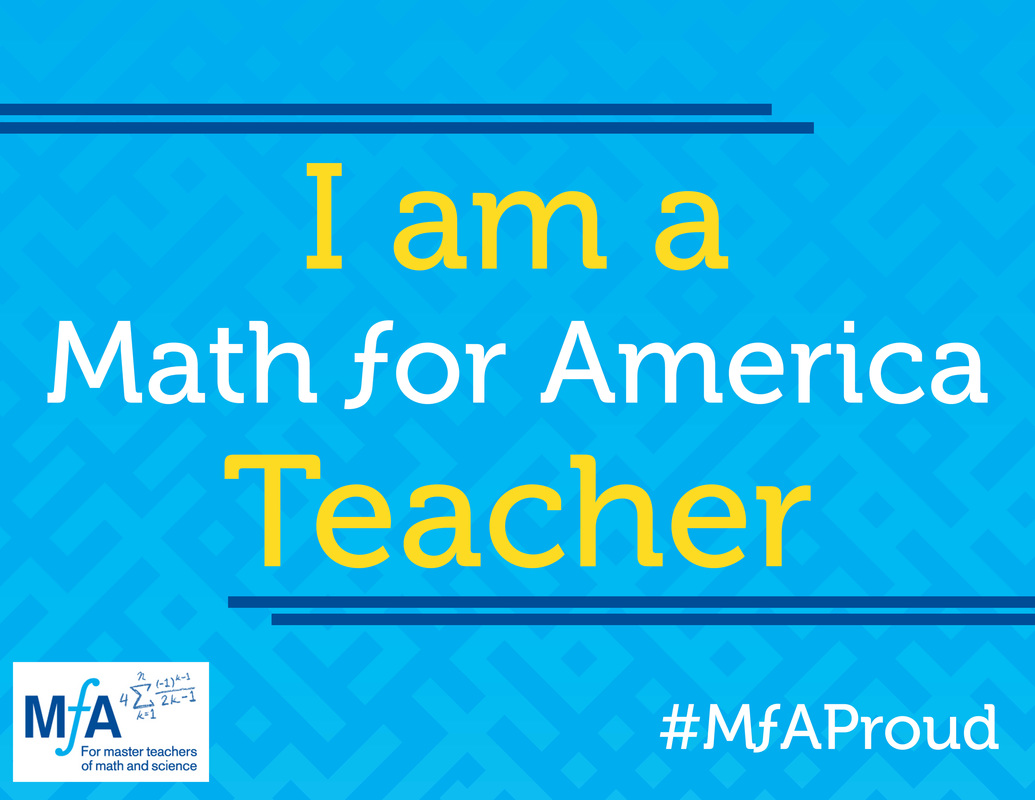
 RSS Feed
RSS Feed
